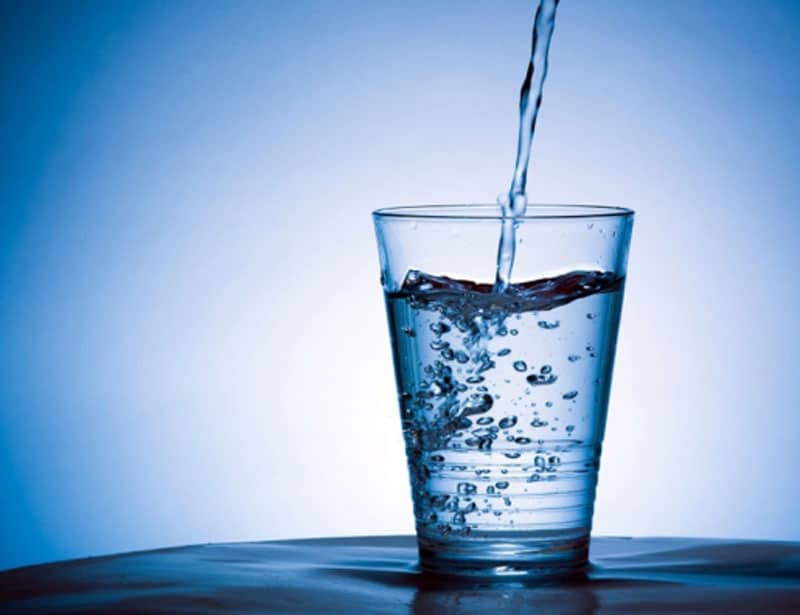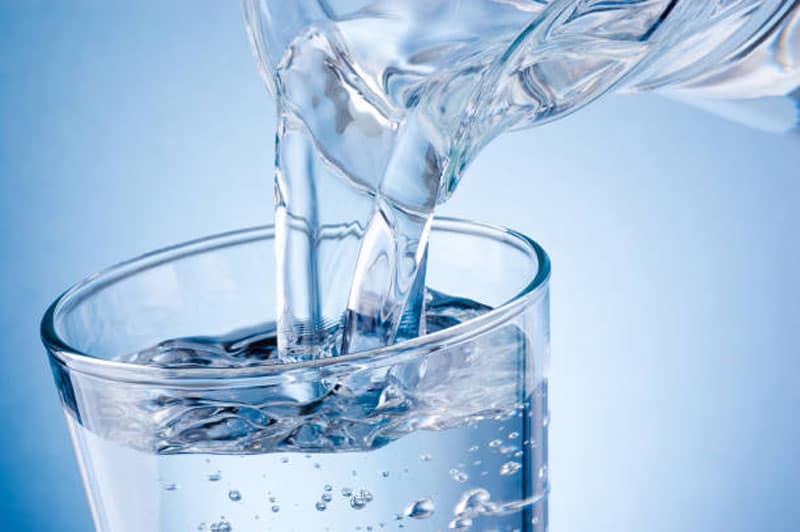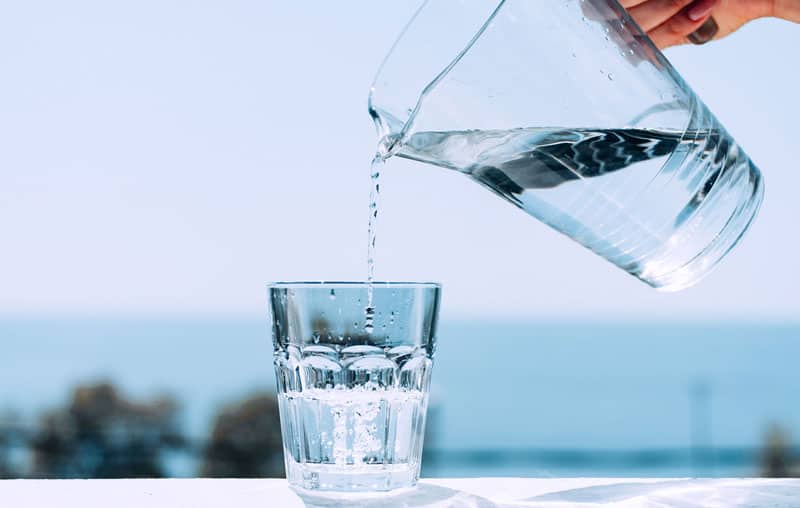People drink from tap water as it is the most accessible and most convenient water source. However, not all tap water is safe to drink. It may have contaminants, such as pathogens or metals, or even chemicals. The best option for those with toxic contaminants is to seek help to the proper authorities, while that of natural contaminants is to purify your water.
The following are methods you can do to purify water at home.

Boiling
Boiling is the easiest method of purifying tap water. According to the Centers for Disease Control and Prevention (CDC), boiling the water can kill potentially harmful microorganisms such as bacteria and parasites. The CDC also provides a procedure for boiling tap water.
To boil tap water, make sure it’s clear and free from any debris. Otherwise, filter it through a cloth, coffee filter, or if it can dissipate in the air, you may leave it for a while to be able to settle. The clear water must boil for a minute (three minutes for those at a 6,500 feet elevation), and then it must be set aside to cool. When the water cools down, store it in a clear container.
Distillation
Distillation is another option to purify water. It is a process where vapor from heated water is contained, allowing condensation. Distilled water is a popular type of drinking water, as it is popularly sold in bottles. Despite them being produced in factories, there is a way to make distilled water at home.
First, you need tap water, a big pot with a lid, a glass bowl or a smaller pot, and ice. Fill the big pot with water enough to make the smaller pot float inside. Put in the smaller pot, and then begin heating. When it starts to heat up,put the lid over the big pot in an upside-down manner then add ice. Wait until there is enough (to preference) distilled water in the bowl or pot. You may refill ice if necessary.

Iodine Solution and Chlorination
If boiling is not an option, another suitable method of purifying water is through iodine solution or chlorine. These serve as disinfectants you can place in the water to eliminate contaminants. Iodine solution is a chemical solution that is often used for outdoor activities such as camping, hiking, or any occasion where clean drinking water is not present.
To purify water, add five drops of the solution for each quart of clear water or ten drops if the water looks cloudy. Stir or shake, and set it aside for thirty minutes. As useful as it is, it has that strange taste brought about by the iodine. This option is also not advised for pregnant women.
Chlorine was first discovered as a disinfecting agent in Europe in the late nineteenth century and is now recognized as one of the best options in purifying water. It is effective against some harmful microbes except for a few, including protozoan cysts.
The procedure in purifying water with this disinfectant is nearly the same as the procedure with the iodine solution. Add chlorine to the water, and set aside for thirty minutes. The amount of chlorine to be put in the water depends on particular degrees of natural contamination. Too much chlorine will lead to poisoning, so you need to be careful in measuring how much to put.
Filtration
Water filtration is a process where impurities in water are filtered and separated from the water. It is not technically purifying, but it cleanses the water through separating the unclean and unsafe particles.
Water filters have many variations, depending on how it is used and where it is located. The following are popular types of water filters that can be used to produce good drinking water.
Water Filter Pitcher
This type of water filter is attached inside pitchers to filter water for drinking and cooking. Inside the pitcher is a filter with activated carbon, which absorbs whatever harmful contaminants are in the water. The contaminants settle at the bottom of the filter, which can be thrown away afterward. Water filter pitchers make suitable containers for outdoor activities such as picnics and camping trips.

Faucet Water Filter
This type of water filter is installed on the faucet. This filter aims to catch whatever impurities are present, leaving out the clean and fresh water that will come out of the faucet. It is convenient as it is cheap and easy to install.
Countertop Water Filter
This type of water filter is also connected to the faucet. It sometimes comes with its mini faucet and starts filtering the water once it is turned on. Countertop water filters are most suitable for ample countertops, as they take up space.
Under Sink Water Filter
This type of water filter is installed under the sink, as its name suggests. It is an expensive filter and is rather more difficult to install than the other types. However, it can easily filter sink water, with a wide range of contaminants it can rid.
Whole House Water Filter System
This type of water filter is installed in the main pipe, where the water becomes filtered before it passes through the faucets in the house. The whole house water filter is also expensive but is worth it to have as it helps save money on clean water.
Takeaway
These water purifying methods ensure that the water we have in our drinking glasses is safe to ingest. Whatever method you choose for your home, always remember to drink water enough to be hydrated. A healthy body will always rely on the cleanliness of what we put inside our bodies.
